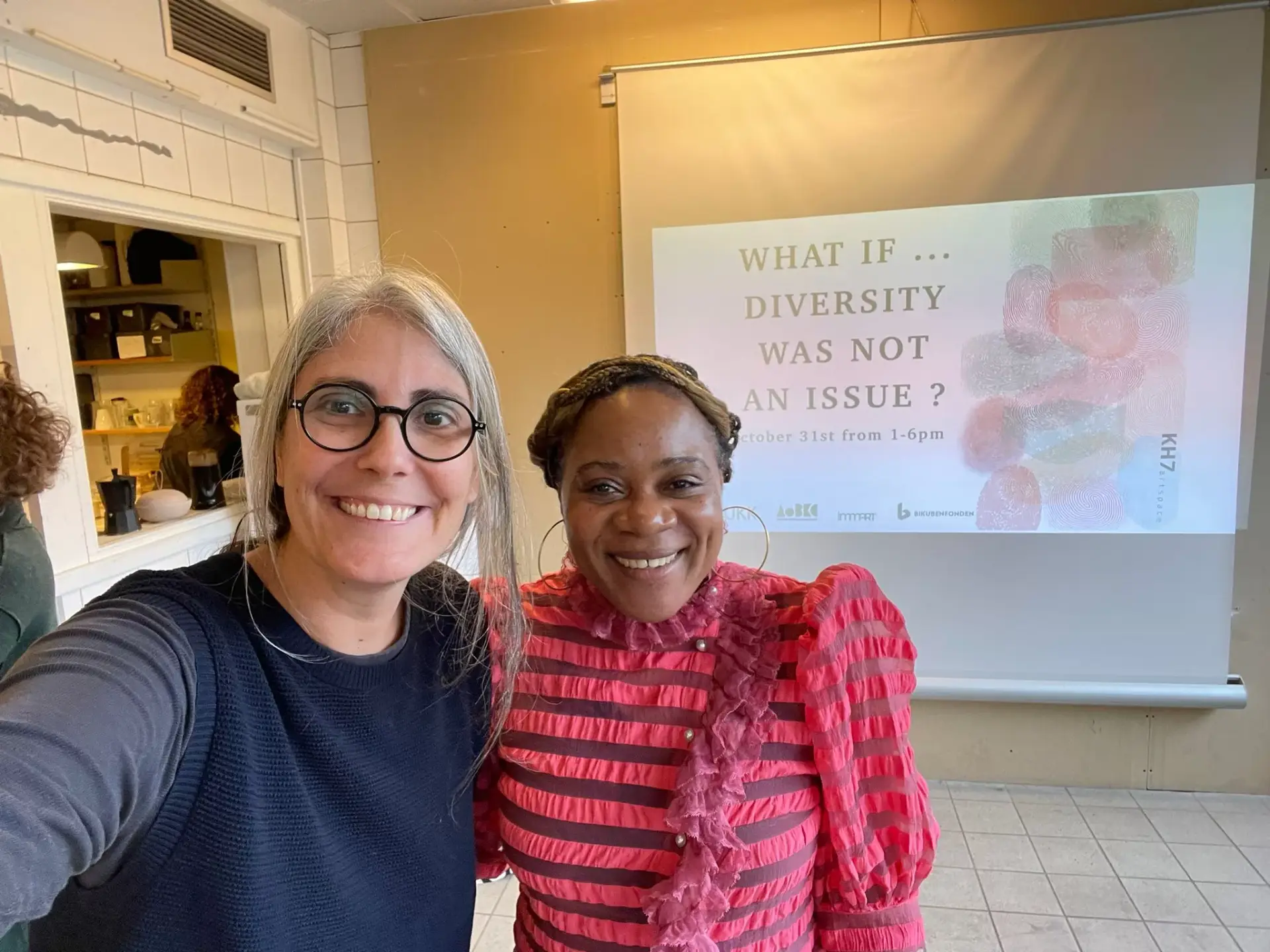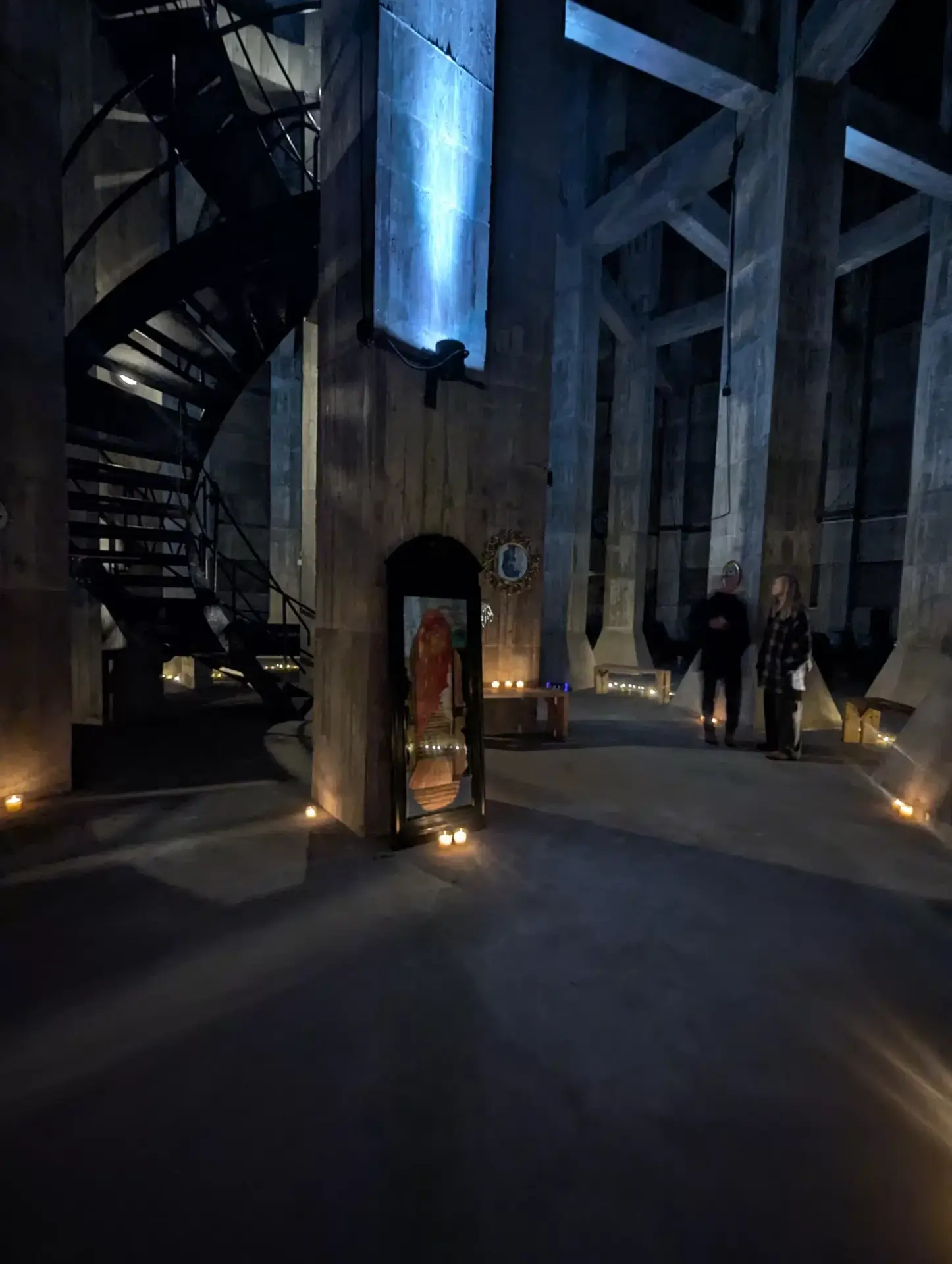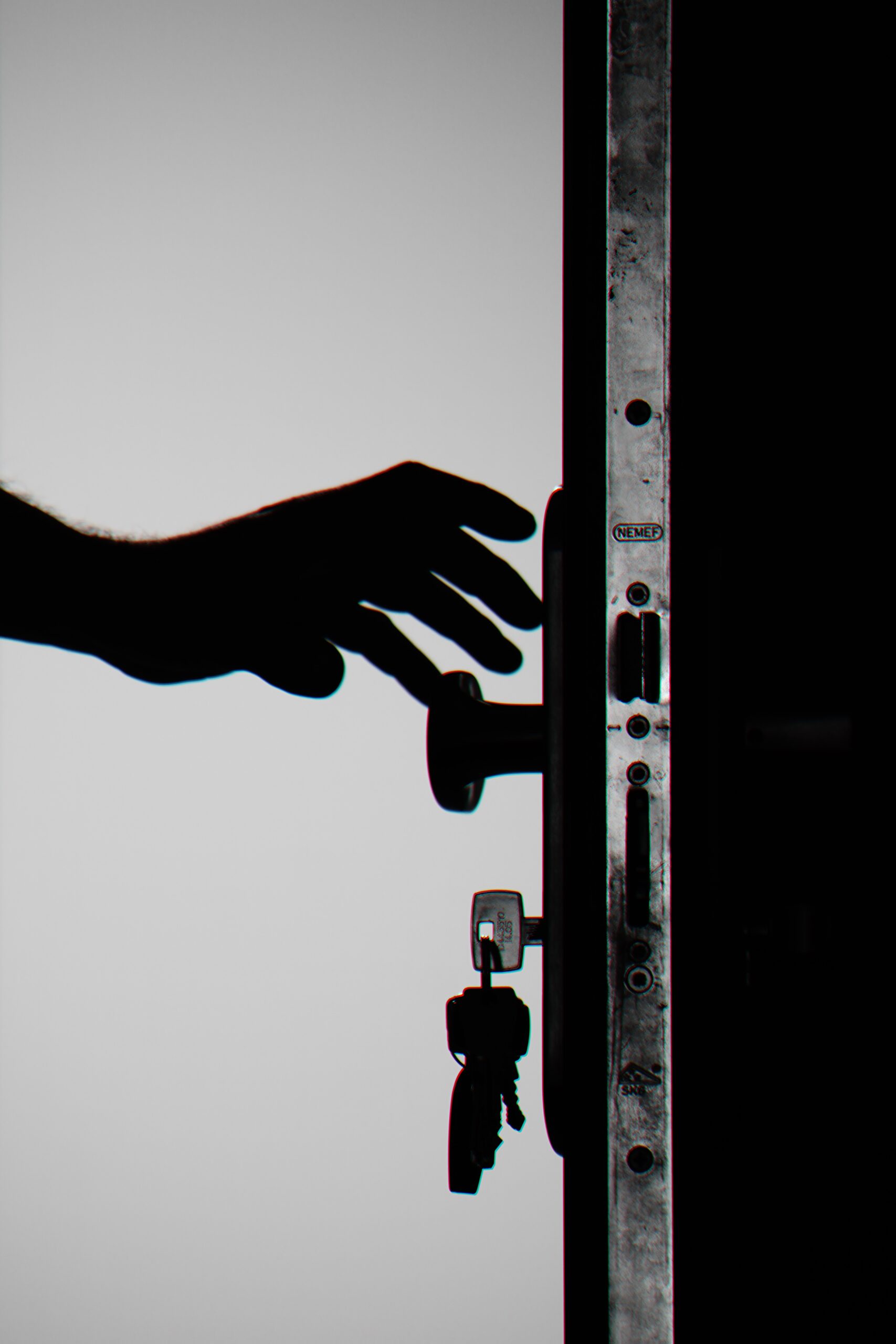Written by Letícia Stallone, M’BARAKÁ
Until 1989, the world had lived under a clear order, an unstable but somehow organized equilibrium between blocks. There were the good guys and the bad guys, and everybody knew that the bad guy was the other.
In 1989, mobile phones were still the size of a house brick; computers saved data to ‘floppy disks’ accompanied by the sing-song whine of a dial-up system’s modem; data was sent from one user to another; and the quickest way to get in touch, if living in ‘the East’, was via a pre- booked phone call at the local post office, or a letter to be read en route by censors.
The BBC World Service and Voice of America, when not jammed, provided those in the ‘Eastern Bloc’ with news and propaganda from the capitalist world. The spill over of TV signals in East Germany offered tantalising glimpses of another way of life. Similarly, in the ‘West’ communism was demonized and the successes of East Germany, such as the high level of women’s labour market participation, were silenced.
The “post-soviet” project began with a public gesture of rejection to all soviet ideologies, monuments were demolished and buildings were repurposed. The shared memory from the revolutions of 1989 is that of a time of excitement that could only be brought forth by change and transformation. The separation led to a rediscovery of democratic participation and civic activism. But what is left of this upheaval now, 30 years later?
It seems we are left with not much excitement or hope but issues we didn’t call for, forgot to address or chose to ignore. We are passive observers of the resurgent nationalisms and xenophobia in a united Eur-Asia and further afield, we see regimes transitioning once again into new kinds of authoritarianism and censorship as well as new closures of the public sphere. If the starting point of soviet ideology was the idea of universal justice – even if it meant the destruction of the old world’s economic, social, political and cultural foundations – today, the purpose seems to be rather lost, egoistic and dangerous. Our ideas of democracy and justice are in question, and our capitalist approach to building society is resulting in deep rooted corrupt practices, human rights abuses, the destruction of the planet and issues of sustainability.
The questions inherent to the exhibition concept is: How much has changed since 1989 and what is the alternative now? The artworks exhibited at the 1989 MEGAPLEX EXHIBITION in Aarhus share the perceptions of our own time and call attention to many issues we need to address now:
Giuseppe de Bellis’ EVOLUTION IS A MONSTER confronts us with the ugly greed in capitalist power, our war over land, the neglect for cultural heritage, history and tradition. Kika Nicolela’s BLINDLY exposes the aberration of the speeches of congressmen in Brazil at the parliament session that voted for president Dilma Rousseff’s impeachment in 2015, installing a coup d’Etat. Edwina Goldstone reads the constant changes throughout history in a site specific piece comparing them to the adaptations added to the Conventions of Geneva. Her work ANARCHY OF SILENCE denounces our numbness by voicing Eduardo Galeano’s statement “We have maintained a silence closely resembling stupidity”. With Jupiter Child’s SECRET MEMORIES, the expression is that of resistance. A power to dismantle with bare hands the foundations of white built History, making way to an inner perspective reflecting ancestry, African Womanism, queer experiences, empowerment and migration. Migration is also central to Angelique Sanossian’s HUMAN ARE FRAGILE, displaying the issue’s subjectivity, human frailty is exposed in the context of war, climate change and failed economies. Peter Zelei is exhibiting from a series called WE ARE ALL GOD’S TOYS and the masterpiece COLOMBARIUM HOMINUM. With the beautiful melancholy in his work, we are presented with an intuitive, intimate and individualist approach to our presence in the world today, while Johan Deckmann’s BOOK COVERS ties us all back together in recognizing our own failures, frustrations and ambitions.
The venue for the exhibition and other related events, The Dome (Domen), is a work of art in itself and intrinsically tied to the works being exhibited and the exhibition theme as a whole. Its sustainable and energy-optimized concept – a challenge to the construction industry – in our view, represents architecture’s answer to the alternatives claimed by the works exhibited. It is, as it is referred to by the architects, the third place – an opting out of the ongoing polarized positions of in or out, right or left, yes or no, into a possible world for more of us, rather than an impossible world for any of us.
We intend to use The Dome as it was designed to be used: as a camp in which the city’s creative light meets, inspired by American architect Buckminster Fuller, built on the concept of creating less destruction to the benefit of more people. As such, the exhibition echoes Buckminster Fuller’s words:
“You can rest assured that if you devote your time and attention to the highest advantage of others, the universe will support you, always and only in the nick of time.”
– Buckminster Fuller
******
IMMART and Rio-based M’BARAKÁ are collaborating on an 11-day event at The Dome in Aarhus that will encompass a multi-media group exhibition featuring seven international artists based in Denmark, Belgium, Finland and Hungary, two children’s workshops, and an expert panel debate on themes relating to the socio-political happenings of 1989 and their outcomes.
The opening evening of the art exhibition (14 November 2019) will be apart of the 1989 Megaplex Worldwide Exhibition in Belgium. This a one-day digital exhibition featuring the opening night of events by arts organizations across the globe, put together and presented in Brussels by FAM & Events asbl. Presently, 23 cities will be represented (Rio de Janiero, London, Berlin, Singapore and Vaduz among others), including the event being organised by IMMART and M’BARAKÁ in Aarhus, via live-stream at a location in Brussels on 14 November 2019.
Download a visual presentation of the project here.
Download the full project brief here.





